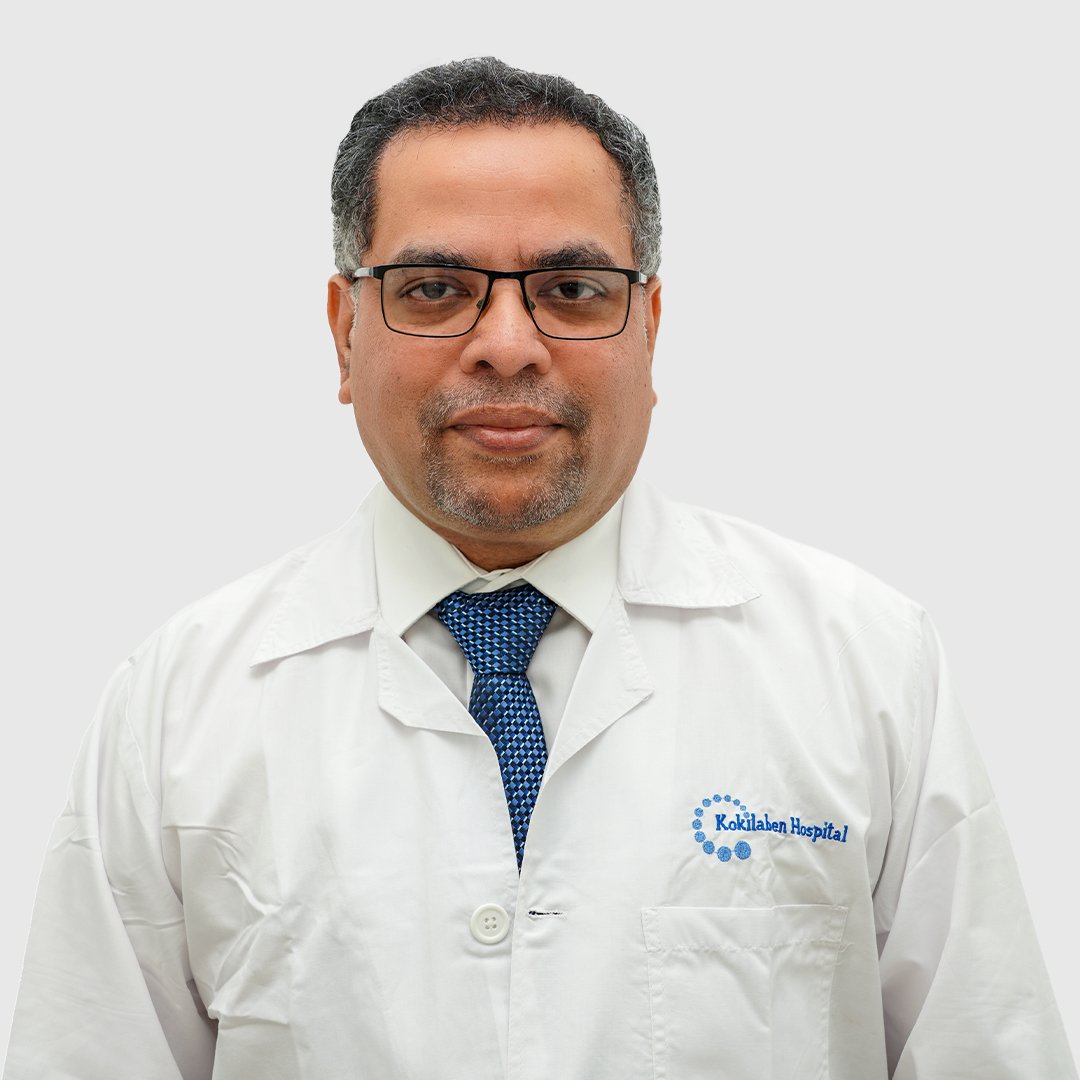You have beenadvised a defibrillator implantation either because you have experienced or at an increased risk of fast and unstable heart rhythm disturbances. Some of the conditions that pre-dispose to such an increased risk of heart rhythm abnormalities include a diagnosis of heart failure (weakening of heart muscle) often but not always due to a previous heart attack, previous cardiac arrest, some structural heart abnormalities or conduction system abnormalities of the heart.
Cardiac defibrillators are routinely implanted in busy cardiac centres. Defibrillator implantation can be done as a day case procedure, however in most instances patient stays overnight in hospital for one day.
Defibrillators are implanted to treat fast or unstable heart rhythms such as ventricular fibrillation (often referred as cardiac arrest). A defibrillator helps stabilize heart rhythm by pacing the heart muscle and shocks the heart with a small amount of current to put it back in to a stable heart rhythm. A defibrillator unit consists of a generator and one or two defibrillator leads (wires that connect battery to the heart muscle)
Cardiac defibrillator also called automatic implantable cardioverter defibrillator (AICD) is implanted in a cardiac catheter lab using fluoroscopy (X-rays). Procedure is performed under local anaesthesia which means patient undergoing defibrillator implantation would be conscious during the procedure. A cut (approximately equal to the length of an index finger) is made in the upper chest (below the collar bone) and a pocket (usually size equivalent to four finger breadths) under the skin and subcutaneous fat but above the muscle is created to lodge the defibrillator and the lead. Defibrillator lead is then introduced on to a blood vessel (vein which traverses from the left arm to the heart) under the collar bone. A small amount of contrast (dye used to opacify blood vessel under fluoroscopy) is sometimes injected in to a vessel in the arm so as to visualize the vein under X-rays.
Once introduced in to the blood vessel, defibrillator lead is gently pushed in to the heart under X-ray guidance. Once lead is in a secure place in the heart the other end is connected to the defibrillator battery (weights around 70 grams) which in turn is placed under the skin and over the muscle in the previously created pocket. Defibrillator site is closed using a series of absorbable sutures. The whole of this procedure takes around 60 minutes.
A chest X-ray would be performed four hours post defibrillator insertion to look for any evidence of complication and to ensure appropriate position of the defibrillator leads. You would be asked not to lift the arm on the side of the defibrillator implantation, above the shoulder for about four weeks. You would however, be able to walk immediately after defibrillator implantation. You would be discharged home the following day. You will be asked to take it easy for a few days and avoid any form of exertion. You would also be asked to look for any signs of infection including redness, soreness or discharge from the defibrillator site and report promptly to the implanting team. You will be advised to visit clinic one week after discharge to check on the wound and also to make fine adjustments to the defibrillator using a laptop like device called programmer that can wirelessly communicate with your defibrillator.
Following defibrillator insertion you are advised to make regular visits to the clinic initially for 3 months and subsequently once every 6-12 months. Defibrillator is checked for various parameters including remaining battery life, during interrogation using programmer. Most new generation defibrillator batteries last for about 8 years on an average may be less or more in some instances.
When a defibrillator approaches its end of battery life you would be scheduled for a generator change procedure. This is a procedure similar to defibrillator implantation but much shorter in duration. This is also done under local anaesthesia which means you would be conscious during the procedure. A cut is made at the device site and dissection is carried out to the level of the defibrillator. Old device would be released from the defibrillator leads and a new defibrillator generator would be connected to the leads. The new battery would now be placed in the pocket and wound closed with series of absorbable sutures. You may be allowed home the same day or the following day in some instances. You would be advised to look for any signs of bleeding or infection at the wound site. You would be followed up in the doctor’s clinic in a similar way after you had your original defibrillator device.
After initial few days of rest following defibrillator implantation, you would be able to travel. Following defibrillator implantation you be provided with an identification card which you can provide to airport security staff at the time of walk through the metal detector. It is always essential to carry the medical case notes related to your defibrillator implantation at the time of travel as it would be handy should you need any medical intervention whilst you are away from your home city.
You would be advised to take it easy for a few days and avoid any pressure over defibrillator area. For the first four weeks you would be advised not to reach out for things with your arm on the side of the defibrillator implantation above the level of your shoulder. You would be able to resume normal activities after initial period of rest for a week or two and same would apply for resumption of sexual activity.

Electrophysiology (EP) studies and ablation therapy for atrial and ventricular arrhythmia’s including atrial fibrillation and ventricular tachycardia. Implantation of cardiac devices including pacemakers for treatment of slow heart rhythms and advanced cardiac device (defibrillators, cardiac resynchronization therapy devices (CRT) and His bundle pacing) for patients with advanced heart failure.